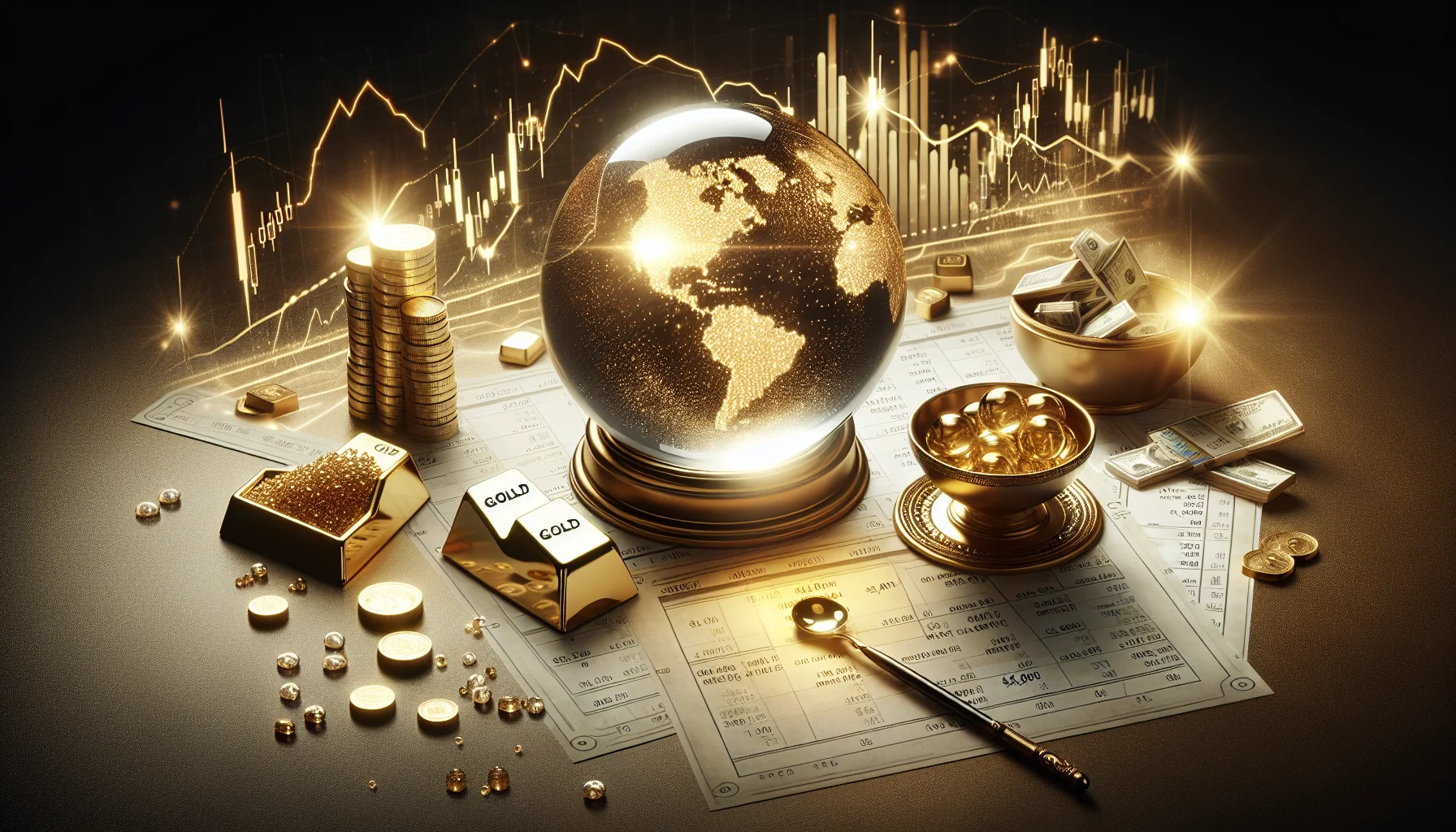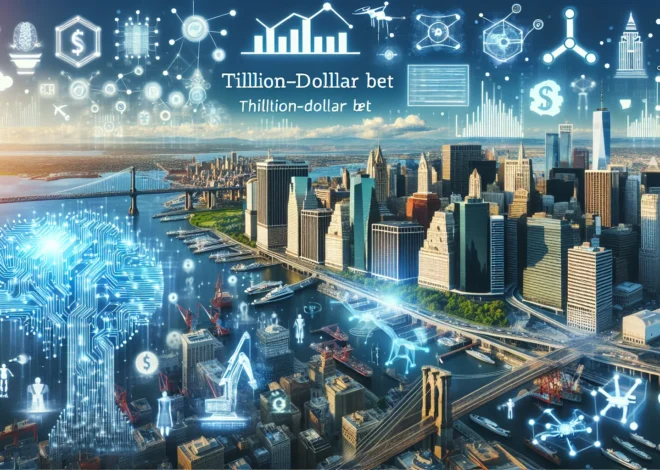
The $4,900 Gold Prophecy: Is Goldman Sachs Predicting a New Gilded Age?
A Glimmering Forecast in a World of Uncertainty
In the world of finance, few predictions turn heads quite like a multi-thousand-dollar price target from a Wall Street titan. Goldman Sachs, a name synonymous with global banking and investment analysis, has just done exactly that. The firm has dramatically raised its forecast for gold, predicting the precious metal will soar to a stunning $4,900 per ounce by the end of 2026. To put that into perspective, it suggests a potential doubling of its value from current levels—a monumental shift in the asset landscape.
This isn’t just a minor adjustment; it’s a bold declaration that demands attention from every corner of the financial world, from seasoned institutional traders to everyday investors planning for retirement. But what is fueling this extraordinary optimism? Is this a signal of a coming super-cycle for commodities, or a warning sign about the underlying health of the global economy? Let’s delve into the powerful currents driving this golden forecast and explore what it could mean for the future of investing.
Decoding the “Why”: The Pillars of a Bullish Thesis
A forecast of this magnitude isn’t based on a whim. It’s rooted in a deep analysis of macroeconomic trends, geopolitical shifts, and fundamental market dynamics. Several key factors form the foundation of Goldman’s bullish stance on gold.
1. The Unshakable Grip of Geopolitical Risk
History teaches us that during times of conflict and instability, capital seeks refuge. Gold, with its millennia-long history as a store of value, is the ultimate safe-haven asset. Ongoing conflicts around the globe, coupled with rising tensions between major world powers, have created a persistent hum of uncertainty. This “fear trade” drives investors away from riskier assets like the stock market and towards the perceived stability of gold. Goldman’s forecast suggests that these geopolitical risks are not fleeting but are likely to remain a dominant feature of the global landscape for years to come.
2. The Central Banking Gold Rush
Perhaps the most powerful, yet often overlooked, driver is the unprecedented buying spree by the world’s central banks. Led by countries like China, India, and Turkey, central banks are aggressively diversifying their foreign reserves away from the U.S. dollar and into physical gold. In 2023, they added a staggering 1,037 tonnes to their coffers, the second-highest annual total on record. This isn’t just a simple trading strategy; it’s a long-term strategic shift. This sustained, price-insensitive demand creates a powerful floor for the gold price and provides a strong tailwind for future appreciation. This trend is a critical element in modern international economics and global banking strategy.
3. An Inflationary Echo and Economic Anxiety
While inflation has cooled from its recent peaks, the threat of its resurgence remains. The vast amounts of currency printed globally over the last decade have raised long-term questions about the purchasing power of fiat money. Gold is the classic hedge against inflation and currency debasement. Furthermore, fears of a potential economic slowdown or stagflation (a toxic mix of low growth and high inflation) make gold an attractive portfolio diversifier. When the traditional economy sputters, gold often shines, acting as a form of financial insurance.
Gold in the Modern Portfolio: Beyond the Vault
The way we think about and access gold has been revolutionized by financial technology. The days of needing a physical vault are long gone for most investors. The rise of fintech has democratized gold investing, making it more accessible than ever.
- Gold ETFs (Exchange-Traded Funds): Products like the SPDR Gold Shares (GLD) allow investors to gain exposure to the gold price with the same ease as buying a stock, making gold trading seamless.
- Digital Gold Platforms: A growing number of fintech companies offer platforms where you can buy, sell, and store fractional amounts of physical gold digitally.
- The Blockchain Parallel: While distinct assets, the conversation around gold often includes Bitcoin, which many proponents in the blockchain community refer to as “digital gold.” Both are seen as decentralized assets outside the control of any single government or central bank, appealing to those seeking alternatives to the traditional finance system.
This technological evolution has broadened the investor base for gold, adding a new layer of demand that didn’t exist in previous bull markets.
A Necessary Dose of Skepticism: Potential Headwinds
No forecast is without its risks, and


